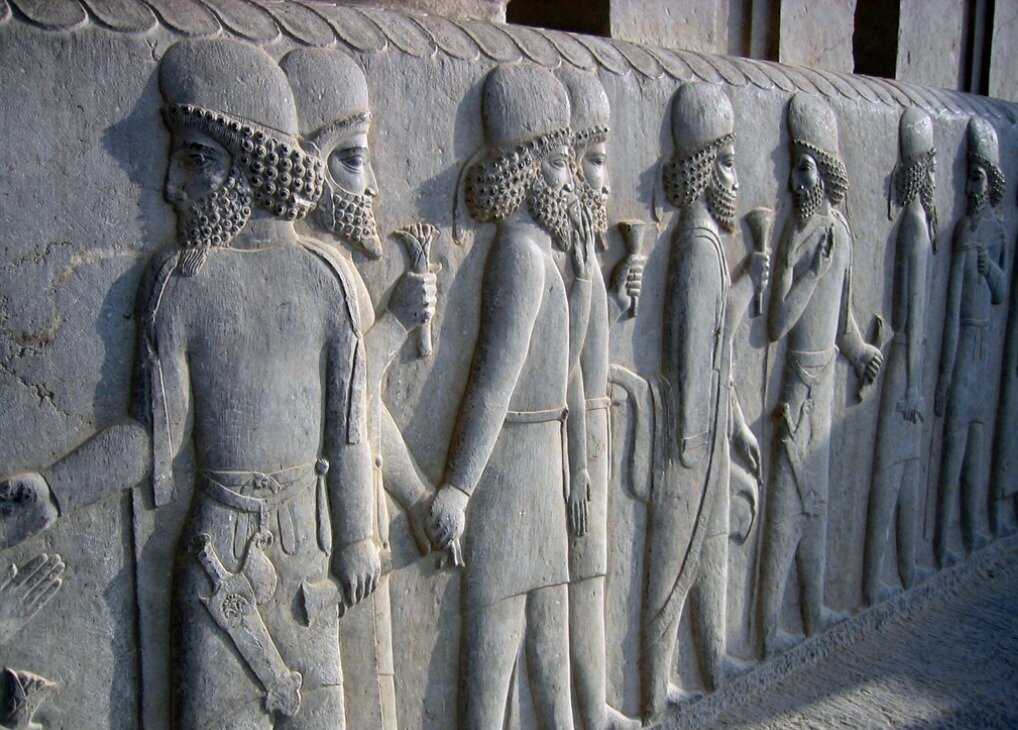Persepolis palace under restoration using new scientific methods

TEHRAN – Kakh-e Showra (Council Palace), situated in the heart of the UNESCO-registered Persepolis, is under restoration taking advantage of new scientific methods, a chief restorer has said.
Wind, rain, and the passage of time have caused a lot of damage to bas-relief carvings of Persepolis, especially the ones of Showra Palace, Mostafa Rakhshandekhu said on Monday.
Restoration of this treasured palace commenced some six months ago with salvage work expected to be completed in April, Rakhshandekhu said.
The important feature of a mortar used in this round of restoration is its reversibility. If better materials are invented in the future, it can be easily removed and replaced, the expert explained.
Previously, cement was once used for the irreversible restoration of historical monuments; for this reason, cement is not permitted for the restoration of historical monuments at Persepolis, he said.
Persepolis, also known as Takht-e Jamshid, whose magnificent ruins rest at the foot of Kuh-e Rahmat (Mountain of Mercy), was the ceremonial capital of the Achaemenid Empire. It is situated 60 kilometers northeast of the city of Shiraz in Fars Province.
The royal city of Persepolis ranks among the archaeological sites which have no equivalent, considering its unique architecture, urban planning, construction technology, and art.
The city was burnt by Alexander the Great in 330 BC apparently as revenge against the Persians because it seems the Persian King Xerxes had burnt the Greek City of Athens around 150 years earlier. The city’s immense terrace was begun about 518 BC by Darius the Great, the Achaemenid Empire’s king. On this terrace, successive kings erected a series of architecturally stunning palatial buildings, among them the massive Apadana palace and the Throne Hall (“Hundred-Column Hall”).
This 13-ha ensemble of majestic approaches, monumental stairways, throne rooms (Apadana), reception rooms, and dependencies is classified among the world’s greatest archaeological sites.
The terrace is a grandiose architectural creation, with its double flight of access stairs, walls covered by sculpted friezes at various levels, contingent Assyrianesque propylaea (monumental gateway), gigantic sculpted winged bulls, and remains of large halls.
By carefully engineering lighter roofs and using wooden lintels, the Achaemenid architects were able to use a minimal number of astonishingly slender columns to support open-area roofs. Columns were topped with elaborate capitals; typical was the double-bull capital where, resting on double volutes, the forequarters of two kneeling bulls, placed back-to-back, extend their coupled necks and their twin heads directly under the intersections of the beams of the ceiling.
AFM
Leave a Comment